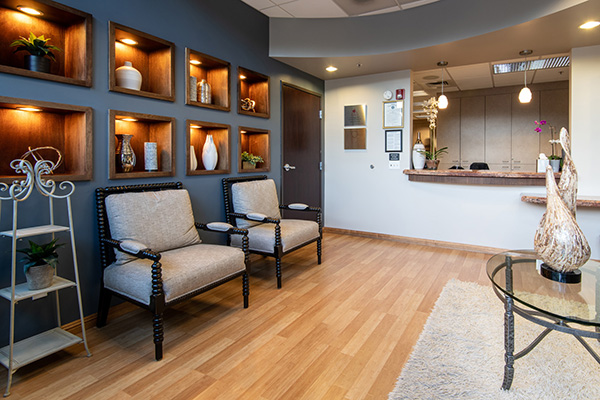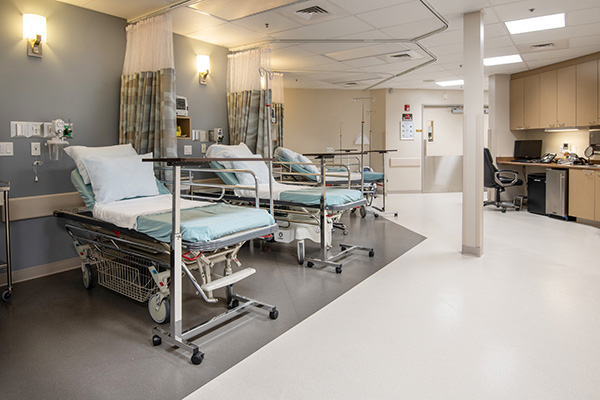
Common Problems Following a Rhinoplasty Treatment
Introduction
Rhinoplasty, typically known as a rhinoplasty, is one of the most sought-after cosmetic procedures today. The attraction of accomplishing an unified facial profile typically drives individuals to consider rhinoplasty surgery. Nevertheless, like any surgical intervention, it includes its own set of threats and issues. Comprehending these potential concerns is important for anyone considering this procedure.
In this detailed article, we'll explore the common complications following a nose job treatment. We'll check out whatever from surgical threats to long-lasting impacts and supply insights to empower you with knowledge before making your decision.
What is Nose job Surgery?
Rhinoplasty surgical treatment is a cosmetic procedure targeted at modifying the shape or function of the nose. It can be performed for various factors including visual improvement or remedying breathing issues due to structural irregularities.
Types of Rhinoplasty
- Open Rhinoplasty: Includes making an incision on the columella (the tissue between the nostrils) enabling greater visibility.
- Closed Rhinoplasty: Incisions are made inside the nostrils, which leaves no visible scars and is less invasive.
Reasons for Rhinoplasty
Rhinoplasty Expense Considerations
The expense of rhinoplasty surgical treatment varies extensively depending upon numerous aspects including:
- Geographic location
- Surgeon's expertise
- Complexity of the procedure
- Facility fees
On average, nose job expenses range from $5,000 to $15,000.
Common Issues Following a Nose Surgery Procedure
Despite its appeal and normally high complete satisfaction rates, rhinoplasty does come with its own selection of possible problems that every client should know of.
1. Infection Risk
Infections can happen after any surgery, consisting of nose surgery. While uncommon, they might result in significant complications if not dealt with promptly.
Preventive Steps:
- Follow post-operative care directions diligently.
- Keep surgical sites clean and dry.
2. Scarring Issues
While many incisions are made within the nostrils in closed procedures, open nose jobs can leave noticeable scars that might affect aesthetic outcomes.
Managing Scars:
- Use silicone gel sheets.
- Avoid sun direct exposure on scars throughout healing.
3. Breathing Difficulties Post-Surgery
Some clients report problem breathing after their nose surgery procedure due to swelling or changes in nasal structure.

Solutions:
- Ensure appropriate post-surgical follow-up.
- Consult your surgeon for corrective alternatives if issues persist.
4. Changes in Sensation
Patients might experience tingling or transformed sensation in their noses after surgical treatment due to nerve damage during the procedure.
Recovery Time:
Nerve regrowth can take months; most experiences usually return within a year.
5. Asymmetry Concerns
Achieving best symmetry in nasal looks is challenging; small asymmetries may result from recovery processes that differ on each side.
Addressing Asymmetry:
A revision nose job may be required to fix visible asymmetries.
6. Required for Modification Surgery
Around 10-20% of nose surgery patients choose modification surgery due to unsatisfactory results or issues occurring from their preliminary procedure.
Timing for Revision:
Surgeons generally suggest waiting at least 6 months post-initial surgery before thinking about revisions.
Understanding Swelling and Bruising After Nose Surgery Surgery
Post-operative swelling and bruising are common occurrences following rhinoplasty procedures and can significantly affect recovery time and the last visual outcome.
Swelling Phases Post-Rhinoplasty
Bruising Management Techniques
To lessen bruising:
- Apply cold compresses right away after surgery.
- Sleep with your head raised for several nights post-op.
Long-Term Impacts After Rhinoplasty
Understanding long-term ramifications is important when thinking about rhinoplastic enhancement because while lots of outcomes improve gradually, issues might emerge that need attention later on on.
Changes in Nasal Structure Over Time
As we age, skin flexibility decreases; hence, the nose can go D imaging in rhinoplasty through modifications that impact its appearance even years after effective surgery:
Emotional Impact After Rhinoplasty
The psychological element plays a substantial function in client satisfaction following rhinoplastic treatments:
Expectations vs Reality
Patients frequently have high expectations leading into surgical treatment; handling those expectations through clear interaction with surgeons about realistic results is essential for emotional well-being post-op.
FAQ Section
Q1: Is rhinoplasty painful?
A1: Pain levels differ by private but are normally manageable with recommended medications post-surgery.
Q2: Can I go back to work right away after my surgery?
A2: Usually, clients are recommended to take at least one week off work depending upon task needs and recovery progress.
Q3: How long does it consider swelling to go down?

Q4: Will I require somebody to assist me after my procedure?
A4: Yes, it's suggested you have someone help you for at least 24 hr following anesthesia administration during surgery recovery.
Q5: Are there age constraints for undergoing rhinoplasty?
A5: Ideally, prospects need to be over 15 years old when facial development has actually primarily stabilized however consult your cosmetic surgeon relating to specific circumstances.
Conclusion
In conclusion, comprehending typical problems following a nose job treatment is important for potential patients considering this transformative journey toward improved self-esteem and physical look. While threats exist-- such as infection or frustration-- the majority of clients report positive outcomes when properly informed and prepared pre-operatively.
By prioritizing comprehensive research about surgical techniques, expenses included, anticipated healing times, and possible issues connected with these procedures-- all while keeping open communication with certified surgeons-- patients can boost their experience considerably while minimizing unwanted surprises down the road.
This post aims not only to notify but likewise empower individuals considering rhinoplastic enhancements by dealing with concerns comprehensively while promoting an understanding of what such procedures entail beyond aesthetic improvements alone!